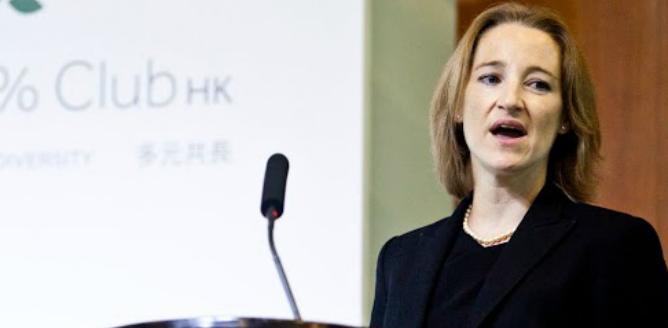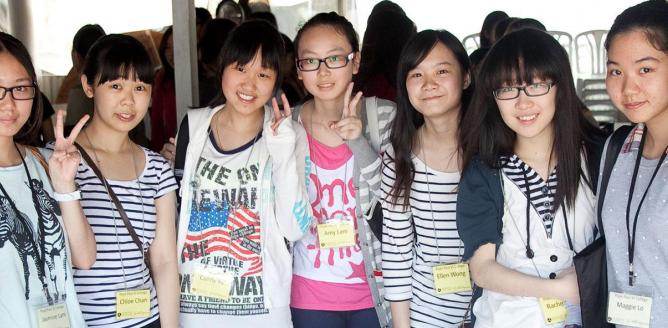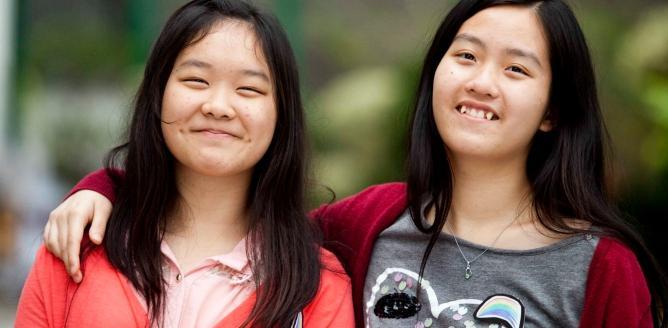“It was a defining moment, especially for young women, proving that a woman could work and have a baby in the highest and most challenging leadership positions” – Benazir Bhutto, late Pakistani Prime Minister (in reference to her own pregnancy while in office)
Since coming into office last October, New Zealand Prime Minister Jacinda Ardern has marked many milestones; one being that she is the world’s youngest female leader to date. And when she welcomed her baby girl last Thursday, June 21, she became the second head of government to give birth while in office — a precedent set by Pakistani leader Benazir Bhutto in 1990.
But unlike Bhutto, who, due to political threats hid her pregnancy and delivery from the public and returned to work the day after giving birth, Ardern publicly announced that she was expecting a child, and is currently taking 6-weeks leave, making her the first world leader to take maternity leave. “I am not the first woman to multi-task. I am not the first woman to work and have a baby,” she said in January. When she returns to work in August, her partner, Clarke Gayford, will be the primary caregiver of their household. The couple has received praise from many, including former New Zealand Prime Minister Helen Clark, for their “positive role modelling for the empowerment of women and for gender equality.”
Earlier this year, another female politician – and her baby – made history. In April, Tammy Duckworth became the first US senator to not only give birth while holding office, but also the first legislator to bring a baby to vote on the Senate floor, thanks to a bill she proposed to better accommodate new parents. Like Duckworth, Ardern has also been instrumental in pushing crucial policy changes for working parents. In early November, days after she was sworn in, Ardern announced an incremental increase in New Zealand’s parental leave: from 18 to 22 weeks starting July 1, extending to 26 weeks in 2020.
In contrast, women in Hong Kong are entitled to 10 weeks of maternity leave at 80% pay. This falls behind the global 14-week standard, and has remained unchanged for two decades. And the length of our paternity leave? A paltry 3 days, which the government proposed to modestly extend to 5 days.
TWF has called for the government to expand Hong Kong’s maternity leave entitlement. A number of countries serve as models for us, such as Singapore and France – both of which grant 16 weeks of maternity leave – or the UK, which provides 50 weeks of parental leave. Looking longer term, we believe maternity leave and paternity leave should be replaced with parental leave, enabling same-sex or heterosexual parents the choice of who stays home to be the primary caregiver.
It is often said that gender equality begins at home, but the workplace – from the cubicle to the cabinet—can be an instrumental agent of change at home and in society at large.





















